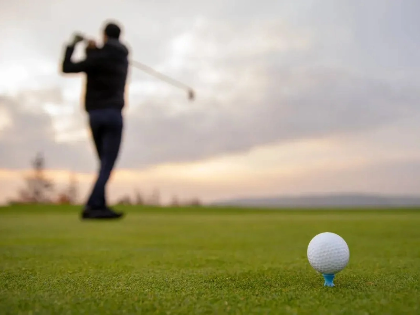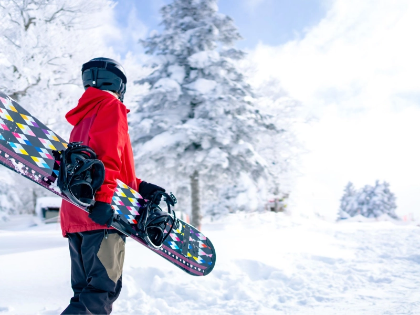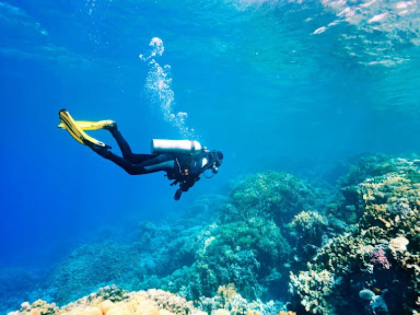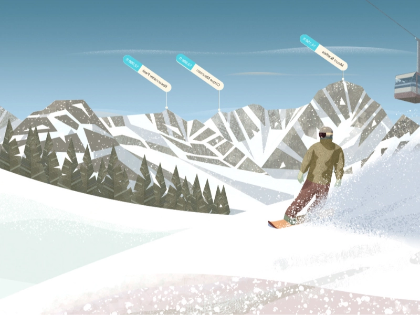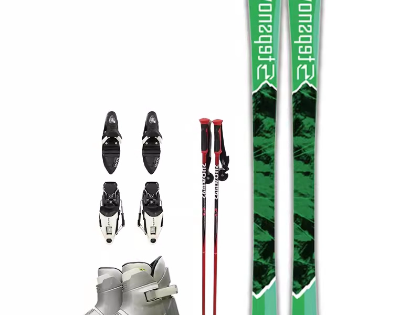MasteringUnderwater Videography: Creating Compelling Ocean Films
Use your inner Jacques Cousteau to produce aesthetically striking marine life documentaries. Discover the value of composition and framing; then, try many angles and viewpoints. Use underwater video lights to highlight your film and maximise colour brightness. Experimenting with light angles, including backlighting, can also provide your videos an arresting visual component.
Arrangement
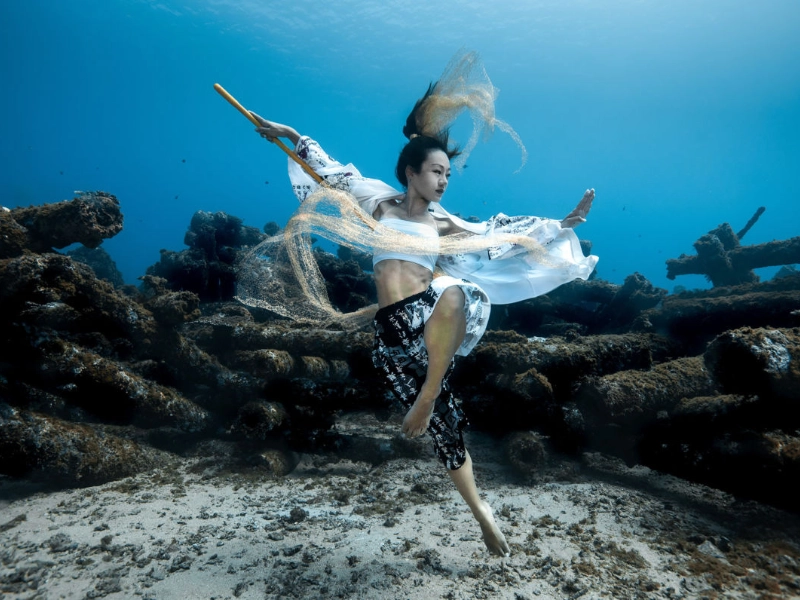
lighting
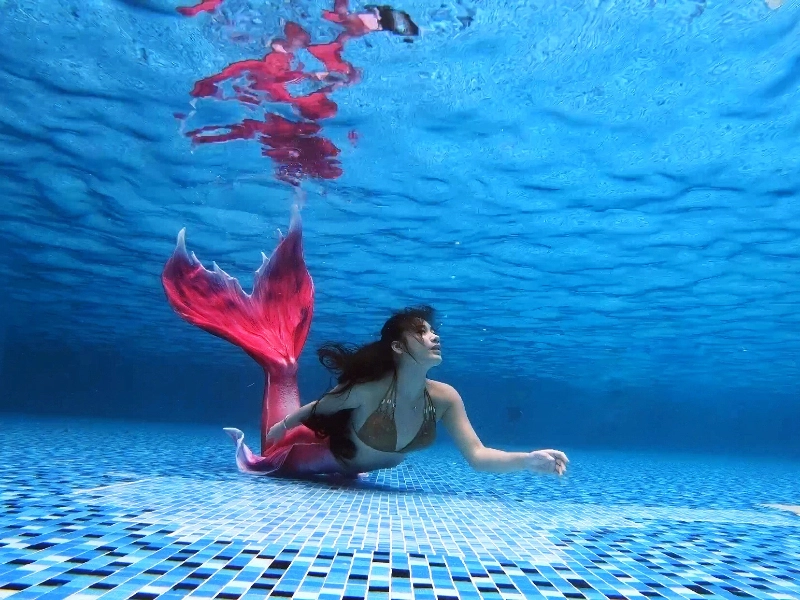 Underwater videography depends much on lighting, thus you must know how to use it to produce interesting, captivating movie. Learning best comes from exploring with many points of view and contexts. Following every dive, you should also review your footage on a computer. This allows you to eliminate the clips that aren't in focus or view which ones are.
Your photo composition might be much better using the rule of thirds. This approach splits the screen in three equal sections, hence by placing your topic at one of these places, you can produce a more aesthetically pleasing picture or film. Still another crucial consideration is your strobe's beam angle. A wide beam will highlight the entire landscape; a tight beam will concentrate more on your subject.
Improving your underwater video would be much enhanced by capturing genuine animal behaviour. Your subjects will feel at ease and let you to capture their natural motions if you are patient and gentle.
Underwater videography depends much on lighting, thus you must know how to use it to produce interesting, captivating movie. Learning best comes from exploring with many points of view and contexts. Following every dive, you should also review your footage on a computer. This allows you to eliminate the clips that aren't in focus or view which ones are.
Your photo composition might be much better using the rule of thirds. This approach splits the screen in three equal sections, hence by placing your topic at one of these places, you can produce a more aesthetically pleasing picture or film. Still another crucial consideration is your strobe's beam angle. A wide beam will highlight the entire landscape; a tight beam will concentrate more on your subject.
Improving your underwater video would be much enhanced by capturing genuine animal behaviour. Your subjects will feel at ease and let you to capture their natural motions if you are patient and gentle.
Buysancy
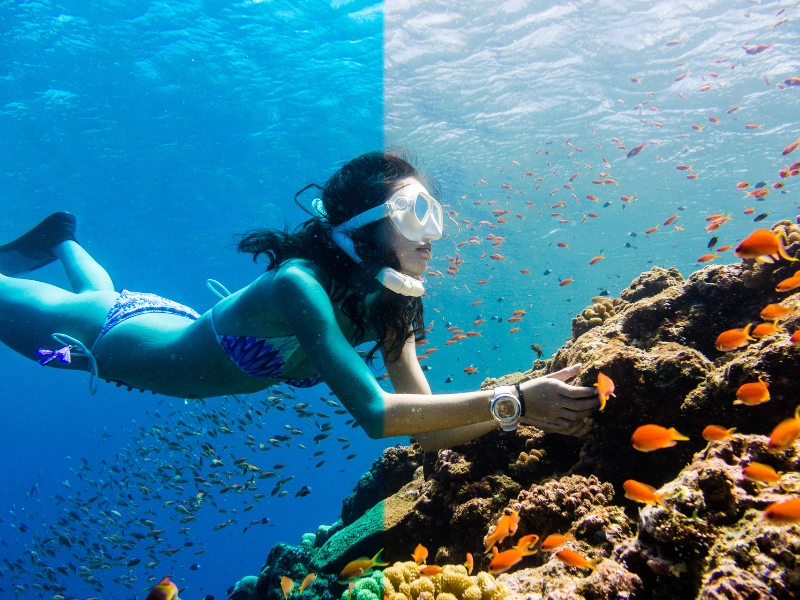 Although underwater videography is a difficult and exciting media job, developing abilities in this specialist field takes time. Like any new career, yours requires finding your expertise and working hard to get noticed. This is the reason many underwater videographers start their careers working for free or with very little pay until they build a strong reputation.
Mastery of buoyancy control is essential for producing striking underwater video. This covers changing for depth, currents, and surface waves. Furthermore crucial is knowing how to operate the filming gear and camera.
Close-up views, for instance, can highlight elements invisible during a regular dive. Likewise, a wide-angle lens helps highlight the bigger background of the aquatic surroundings. Apart from this, one need know about the light sensitivity of the camera. This is especially true while shooting in deeper seas since supplemental lighting will help to accentuate the colours filtered out of sunshine by water.
Although underwater videography is a difficult and exciting media job, developing abilities in this specialist field takes time. Like any new career, yours requires finding your expertise and working hard to get noticed. This is the reason many underwater videographers start their careers working for free or with very little pay until they build a strong reputation.
Mastery of buoyancy control is essential for producing striking underwater video. This covers changing for depth, currents, and surface waves. Furthermore crucial is knowing how to operate the filming gear and camera.
Close-up views, for instance, can highlight elements invisible during a regular dive. Likewise, a wide-angle lens helps highlight the bigger background of the aquatic surroundings. Apart from this, one need know about the light sensitivity of the camera. This is especially true while shooting in deeper seas since supplemental lighting will help to accentuate the colours filtered out of sunshine by water.
After production
 Underwater videography is filming settings and aquatic life. This can involve recording species, stressing how human activity affects maritime environments, and narrative telling.
Selecting the appropriate site: Underwater videography calls for a site fit for This should rely on elements including depth, visibility, and marine life you wish to photograph.
Learning underwater camera techniques: The best outcomes from your underwater cinematography will come from your knowledge and abilities. This covers learning buoyancy control, choosing a camera housing fit for your equipment, and employing specialist illumination.
Adding time-lapse and slow-motion effects post-production will help to produce an interesting and captivating final result. Using colour grading can also enable your video to show its actual brilliance. Using noise lowering devices can also help to minimise any background noise or grit. By lowering camera shake, adopting a stabilising solution can ultimately help to raise the quality of your video.
Underwater videography is filming settings and aquatic life. This can involve recording species, stressing how human activity affects maritime environments, and narrative telling.
Selecting the appropriate site: Underwater videography calls for a site fit for This should rely on elements including depth, visibility, and marine life you wish to photograph.
Learning underwater camera techniques: The best outcomes from your underwater cinematography will come from your knowledge and abilities. This covers learning buoyancy control, choosing a camera housing fit for your equipment, and employing specialist illumination.
Adding time-lapse and slow-motion effects post-production will help to produce an interesting and captivating final result. Using colour grading can also enable your video to show its actual brilliance. Using noise lowering devices can also help to minimise any background noise or grit. By lowering camera shake, adopting a stabilising solution can ultimately help to raise the quality of your video.

